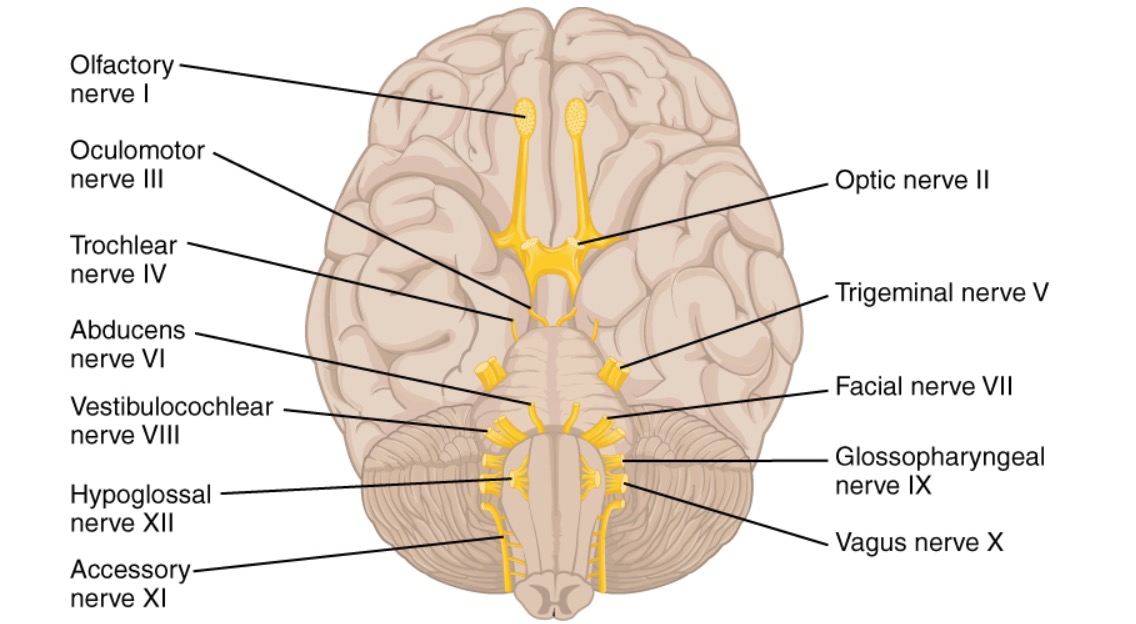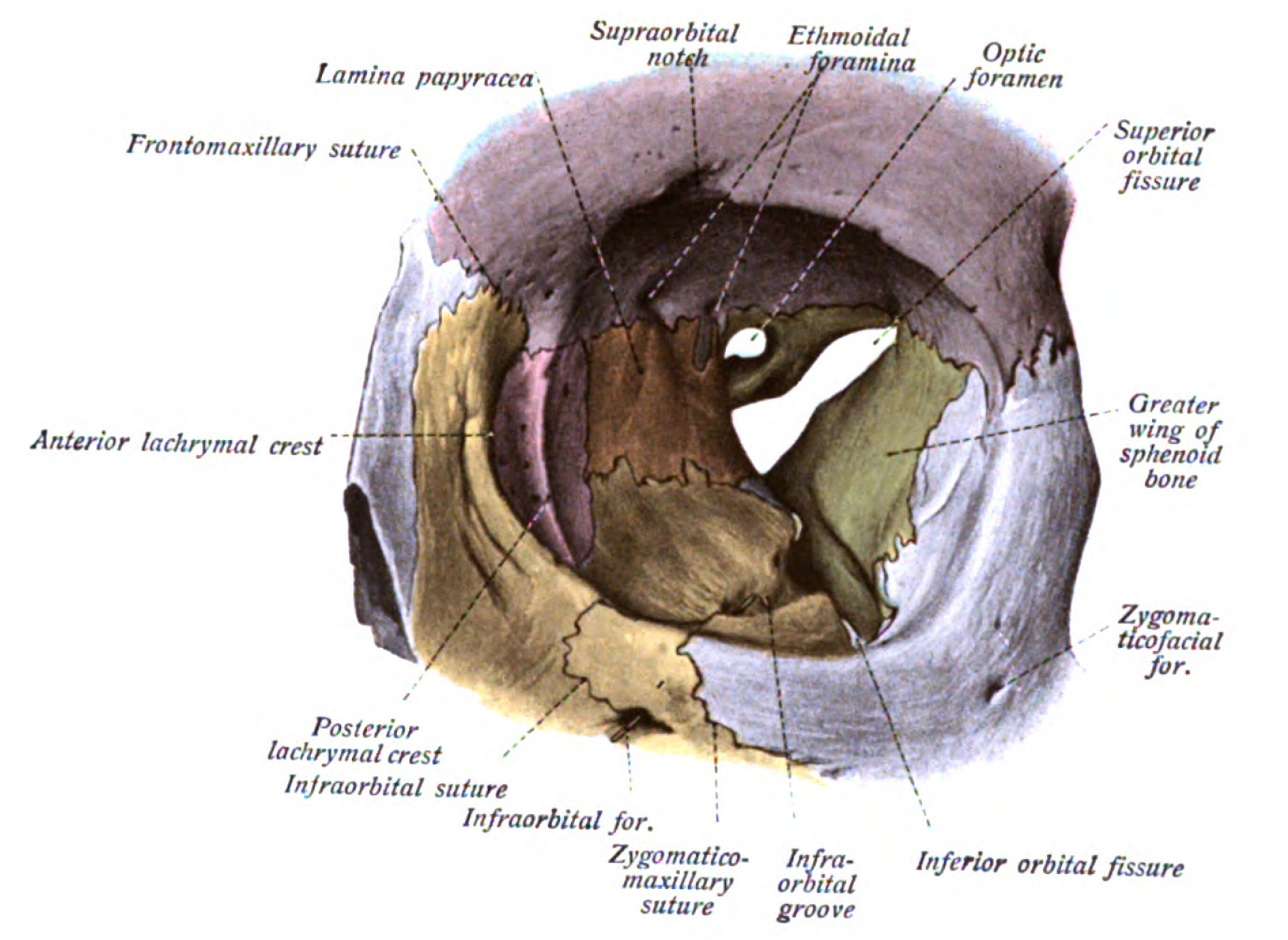Playlist
Show Playlist
Hide Playlist
Cranial Nerve IV: Trochlear Nerve
-
Slides 7 CranialNerves 1 BrainAndNervousSystem.pdf
-
Reference List Anatomy.pdf
-
Download Lecture Overview
00:01 Cranial nerve number IV, the trochlear nerve has which as one functional component and that is a general somatic efferent component. 00:12 The trochlear nerve is transmitted through superior orbital fissure. 00:19 This nerve innervates one skeletal muscle. 00:22 This is a muscle that moves the eyeball, so it's an extraocular muscle, and that is the superior oblique muscle, which we see here. 00:31 And then, we see the tendon coursing through the trochlea in the upper medial quarter of the eye and then we see the insertion of the superior oblique into the sclera of the eyeball. 00:44 If the trochlear nerve is lesioned, the superior oblique will not function properly, results in partial or complete inability of the eye to look down and in which our eye movements used to read or walk down the stairs. 00:56 the affected eye will drift upward relative to the normal eye so that the patient will have vertical diplopia or double vision. 01:03 Here is a lateral view of the right eye. 01:06 Note that the superior oblique muscle originates functionally from the trochlea at the superior medial orbital rim and inserts on the top of the glow behind its equator. 01:15 Thus, when this muscle contracts normally with the eye in the lateral or adducted position, the eye will look straight down. 01:22 If the eye is in the adducted position or toward the nose, the eye will also be torqued or twisted inward which is called Intorsion. 01:30 Some causes of damage to the trochlear nerve would be due to a micro vascular apathy. 01:38 This could result from damage to the microvascular due to diabetes. 01:45 Hypertension can cause damage to the microcirculation. 01:48 Atherosclerosis can also impede the ability of the trochlear nerve just receive an adequate blood flow. 01:58 Tumors are always a, a consideration, and then an aneurysm of an artery that would be impinging upon the trochlear nerve could cause it to lesion as well.
About the Lecture
The lecture Cranial Nerve IV: Trochlear Nerve by Craig Canby, PhD is from the course 12 Cranial Nerves and Their Functions.
Included Quiz Questions
What is the only muscle innervated by the trochlear nerve?
- Superior oblique muscle
- Inferior oblique muscle
- Lateral rectus muscle
- Inferior rectus muscle
- Superior rectus muscle
A patient with trochlear nerve lesion would have difficulty with which of the following eye movements?
- Downward gaze
- Looking at objects on the right side
- Looking up
- Looking at distant objects
- Looking at objects on the left side
Customer reviews
4,0 of 5 stars
| 5 Stars |
|
2 |
| 4 Stars |
|
0 |
| 3 Stars |
|
0 |
| 2 Stars |
|
1 |
| 1 Star |
|
0 |
I find verything related to the brain and nerves to be very difficult to understand, but Dr. Canby makes it easy to get and this makes the whole learning process far more enjoyable. I don't know if it's just me but when I really like the lessons and the teacher, its much easier for me to pay attention and keep on listening.
Concise and easy to understand as always! The trochlear nerve only innervates the superior oblique muscle, but Dr Canby's diagrams are excellent - far better than what we use in lectures! I'm a happy student!
The information is sound but he's boring, He does not make the material interesting. I find it hard to pay attention or not fall asleep during his lectures and therefore i do not do well with the quizzes.





